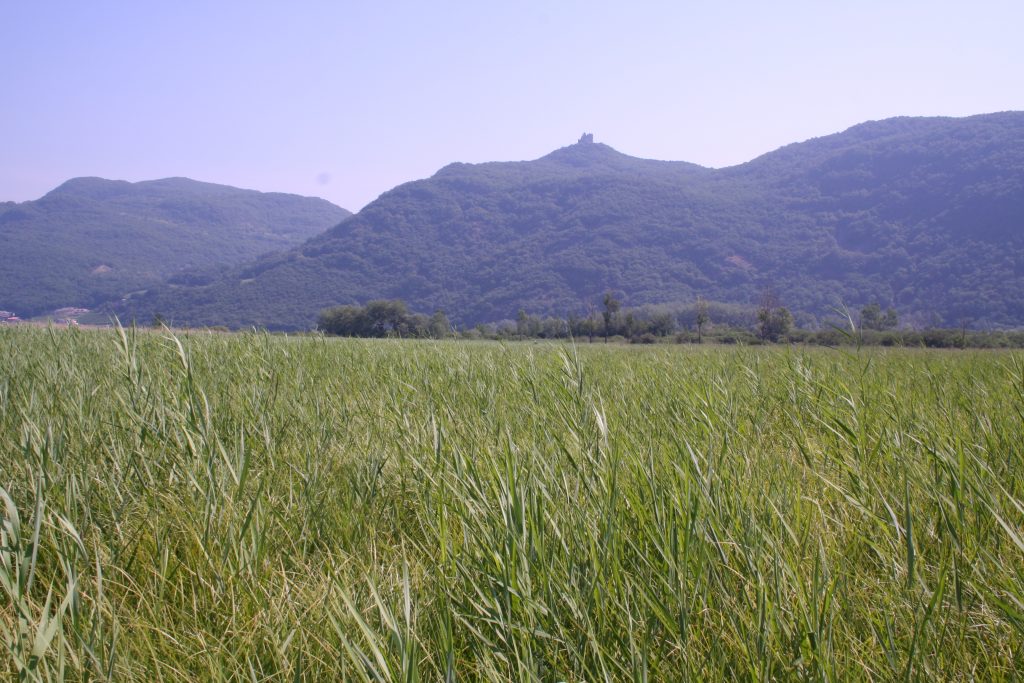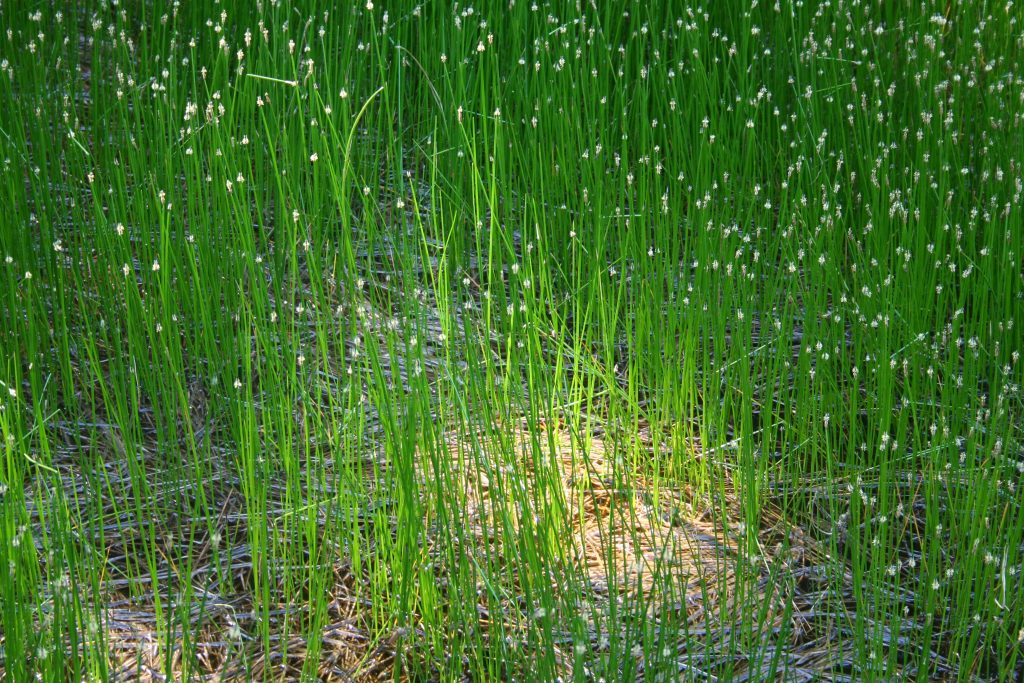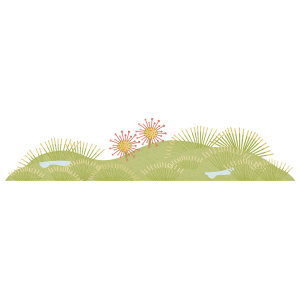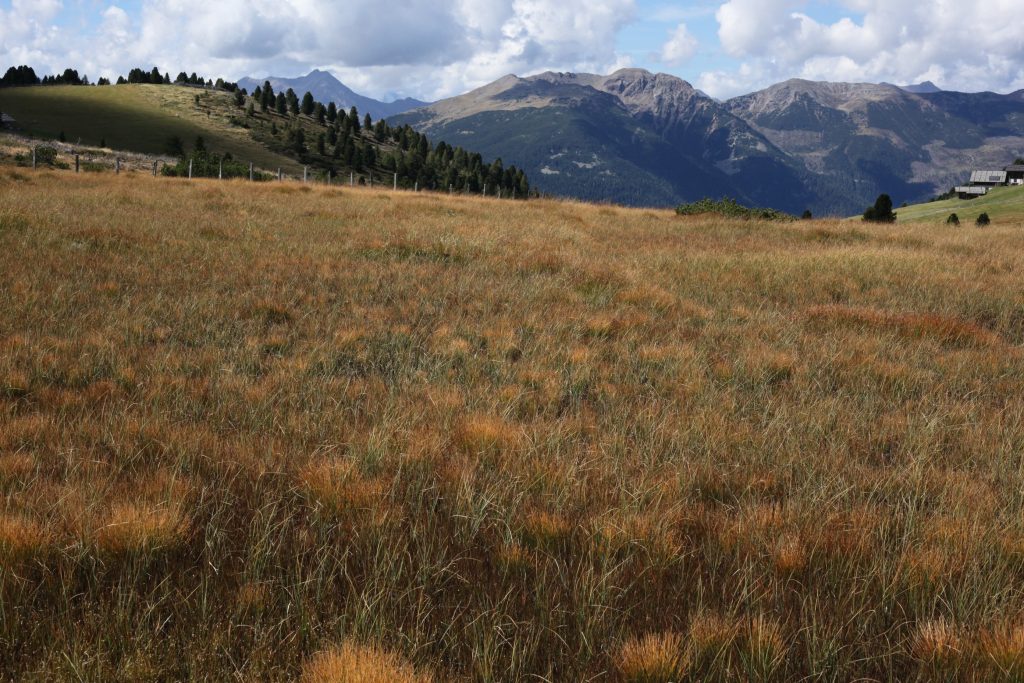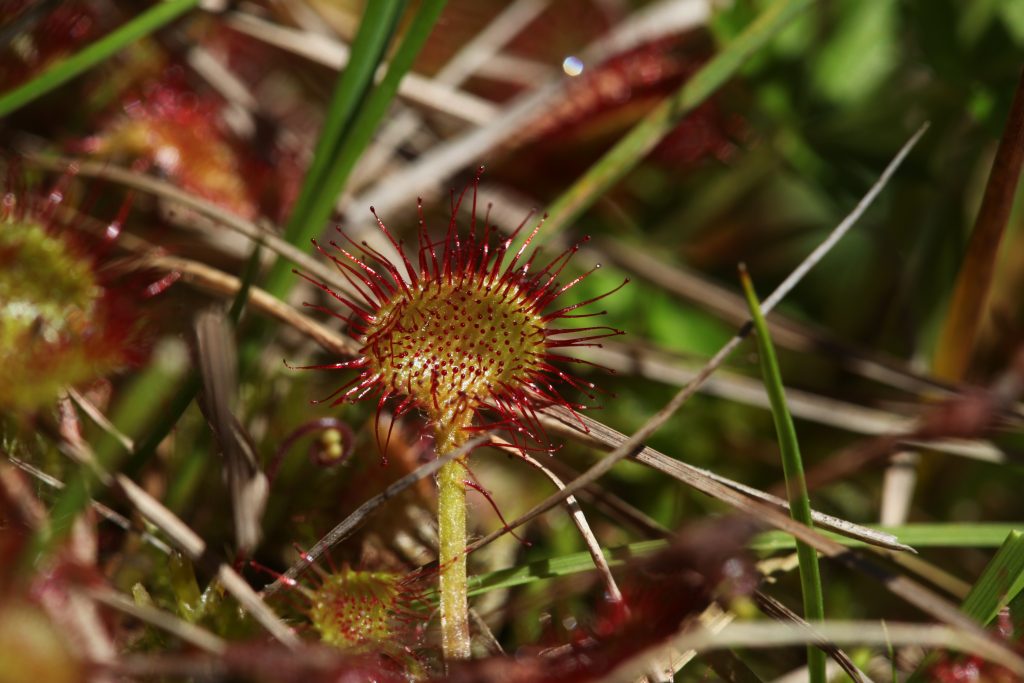Wetlands
Especially on flat surfaces and hollows, surface water often fails to drain off. The constantly wet conditions result in highly specialised vegetation. Mostly grasses and grass-like families dominate. Depending on many other factors, especially altitude, nutrient content and human management, the vegetation can vary greatly. Directly at the edge of lakes, reed belts are usually predominant. In climatically and edaphically unfavourable situations, however, bogs and fens are formed where peat is deposited. We study the very heterogeneous group of wetlands within two categories: lake shores and peat bogs.





